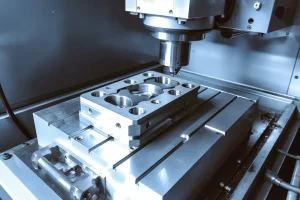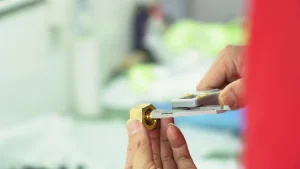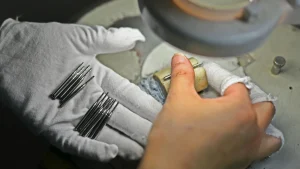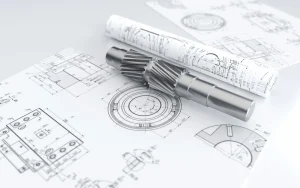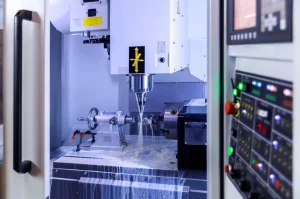A drone is an unmanned aircraft that is mainly controlled by radio or self-contained programs. It is widely used in agriculture, express delivery, disaster relief, wildlife observation, surveying and mapping, news reporting, power inspection, film and television shooting, military applications and other fields. These applications have greatly expanded the use of drones, and various countries have actively expanded industry applications and developed drone technology.
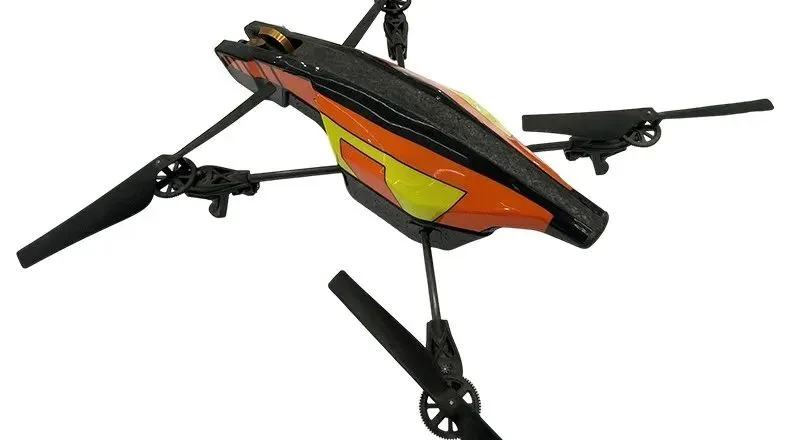
What is lightweight and where is the direction of lightweight?
1. Lightweighting of machined parts
Lightweighting of machined parts involves multiple technical fields and requires structural design technology, machine tool cutting skills, etc. These technologies are applicable to different scenarios and stages, from the use of new lightweight materials, to data design analysis, to high-precision and high-speed machining, etc. In practical applications, lightweighting of machined parts has a wide range of applicable scenarios.
For example, in the field of aircraft manufacturing, lightweight materials, such as carbon fiber materials, can replace traditional metal materials. The importance of lightweighting lies in that, first, reducing weight can improve the maneuverability and flexibility of equipment, making it more adaptable to complex operating environments, and secondly, reducing weight can reduce energy consumption and increase endurance. It is in line with the concept of sustainable development.
2. Lightweighting of 3D printing processing
The principle of lightweighting of 3D printing processing mainly relies on the use of high-strength materials.
For example, the use of high-strength nylon and other materials can replace traditional materials, thereby significantly reducing the weight of the product. In the medical field, lightweighting has considerable prospects. Using 3D printing to manufacture lightweight prostheses can improve comfort and flexibility, making patients more comfortable.
3. Composite structure
A composite structure is a structure composed of two or more basic structures, which has multiple properties and capabilities, such as higher strength and stiffness, better thermal and chemical stability, and lower weight. This structure can be used in many fields, such as aerospace, automobiles, construction, and sporting goods.
Lightweight UAV parts
Lightweighting of drone parts is crucial to improving the performance and endurance of drones. Lightweighting needs to be considered in material selection, product design, and manufacturing testing. By using lightweight materials such as aluminum, magnesium, and composite materials to manufacture components such as fuselages, frames, and propellers, or by optimizing the design to reduce the number of components and reduce the overall weight, the efficiency, power performance, and safety performance of drones can be improved. Lightweight drone parts will become one of the important development directions of the drone industry, and can also reduce the cost of drones and improve the market competitiveness of drones.
Future Development
Lightweighting of drone parts is an important trend in the development of the drone industry, which can significantly improve the performance and endurance of the equipment. This article briefly introduces the principles and technologies of lightweighting of drone parts, as well as its importance and future development trends. Lightweighting of drone parts will be widely used in more fields with the continuous advancement of science and technology.
Summary
Lightweighting of drone parts is an important trend in the development of the drone industry, which can significantly improve the performance and endurance of the equipment. This article briefly introduces the principles and technologies of lightweighting of drone parts, as well as its importance and future development trends. Lightweighting of drone parts will be widely used in more fields with the continuous advancement of science and technology.

